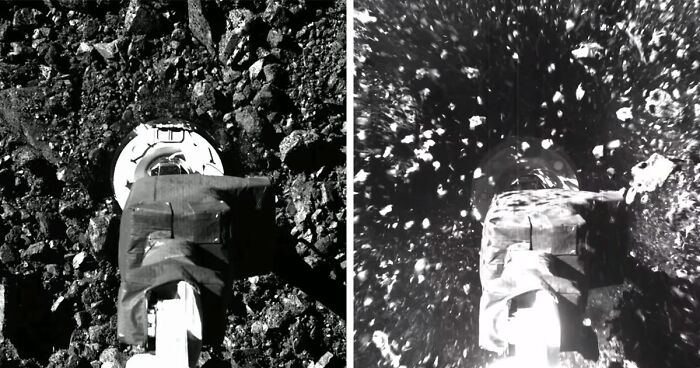
NASA Lands A Spacecraft On An Asteroid 200 Million Miles Away, Shares Footage From The 6-Second Mission
NASA has just released the first batch of images from OSIRIS-REx, showing an explosive impact on the potentially hazardous asteroid known as Bennu.
The well-preserved ancient asteroid is currently more than 200 million miles (321 million kilometers) from Earth. Bennu offers scientists a window into the early solar system as it was first taking shape billions of years ago and flinging ingredients that could have helped seed life on Earth. If Tuesday’s sample collection event, known as “Touch-And-Go” (TAG), provided enough of a sample, mission teams will command the spacecraft to begin stowing the precious primordial cargo to begin its journey back to Earth in March 2021. Otherwise, they will prepare for another attempt in January.
On Tuesday, October 20th, NASA made history
Image credits: NASA Video
While researchers still need time to figure out how much material the spacecraft’s sampling arm – called the Touch-And-Go Sample Acquisition Mechanism (TAGSAM) – has collected, they are overjoyed that everything went according to plan.
The OSIRIS-REx spacecraft successfully completed a “touch-and-go” sample collection maneuver on an asteroid over 200 million miles away from Earth
Image credits: NASA Video
These images were captured over approximately a five-minute period
Image credits: NASA Video
“Today’s TAG maneuver was historic,” Lori Glaze, Planetary Science Division director at NASA Headquarters in Washington, said in a statement. “The fact that we safely and successfully touched the surface of Bennu, in addition to all the other milestones this mission has already achieved, is a testament to the living spirit of exploration that continues to uncover the secrets of the solar system.”
Image credits: NASA Video
Real-time data indicates the TAGSAM successfully contacted the surface and fired a burst of nitrogen gas which should have stirred up dust and pebbles on Bennu’s surface, some of which should have been captured in the TAGSAM sample collection head. OSIRIS-REx engineers also confirmed that shortly after the spacecraft made contact with the surface, it fired its thrusters and safely backed away from Bennu.
Image credits: NASA Video
The spacecraft carried out TAG autonomously, with pre-programmed instructions from engineers on Earth. But even though all of its telemetry data indicates the TAG event executed as expected, it will still take about a week for the OSIRIS-REx team to confirm how many samples the spacecraft collected.
Image credits: NASA Video
The goal is at least 60 grams, which is roughly equivalent to a full-size candy bar.
Preliminary data shows the one-foot-wide (0.3-meter-wide) sampling head touched Bennu’s surface for approximately 6 seconds, after which the spacecraft performed a back-away burn.
But researchers will also attempt to measure the mass of the sample collected by determining the change in the spacecraft’s “moment of inertia,” something that describes how mass is distributed and how it affects the rotation of the body around a central axis.
Image credits: NASA Video
Image credits: NASA Video
Image credits: NASA Video
Image credits: NASA Video
Image credits: NASA Video
Image credits: NASA Video
Image credits: NASA Video
Preliminary data shows the spacecraft spent approximately 5 of the 6 seconds of contact collecting surface material
Image credits: NASA Goddard
The spacecraft was traveling at 0.2 mph (10 cm/sec) when it contacted the sample site and then backed away at 0.9 mph (40 cm/sec)
Image credits: NASA Goddard
Researchers still need time to figure out if the spacecraft’s sampling arm has collected enough material
Image credits: NASA Goddard
But they are overjoyed that everything went according to plan
Image credits: NASA Goddard
Here’s what people have been saying about the mission
11Kviews
Share on FacebookIn November 2005, Japan landed an unmanned spacecraft on a asteroid and collected samples in the form of tiny grains of asteroidal material, which were returned to Earth aboard the spacecraft on 13 June 2010.
Reminds me of Elton John's Rocket Man, "All the science, I don't understand." How they can determine the weight of the sample because of the force of inertia when the probe was backing away...Uh, nevermind... It's still so cool!!
It was probably programmed to only collect that much, so that it wouldn't hinder its flight back.
Load More Replies...Waste of money. Spend the money on the poor and needy.eradicate starvation
Now they are trying to close the hatch b/c they had gathered so much, so it's literally leaking into space.
200 million miles? And yet, we ignore sending many more robots and/or humans to Mars which is much more interesting and only 35 million miles away.
Twas a touch n go, so I don't think so lol it rhymes.
Load More Replies...In November 2005, Japan landed an unmanned spacecraft on a asteroid and collected samples in the form of tiny grains of asteroidal material, which were returned to Earth aboard the spacecraft on 13 June 2010.
Reminds me of Elton John's Rocket Man, "All the science, I don't understand." How they can determine the weight of the sample because of the force of inertia when the probe was backing away...Uh, nevermind... It's still so cool!!
It was probably programmed to only collect that much, so that it wouldn't hinder its flight back.
Load More Replies...Waste of money. Spend the money on the poor and needy.eradicate starvation
Now they are trying to close the hatch b/c they had gathered so much, so it's literally leaking into space.
200 million miles? And yet, we ignore sending many more robots and/or humans to Mars which is much more interesting and only 35 million miles away.
Twas a touch n go, so I don't think so lol it rhymes.
Load More Replies...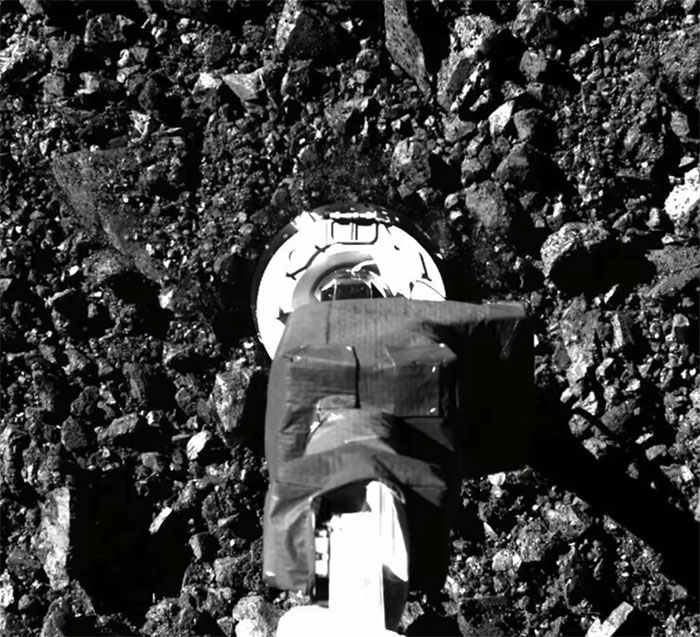
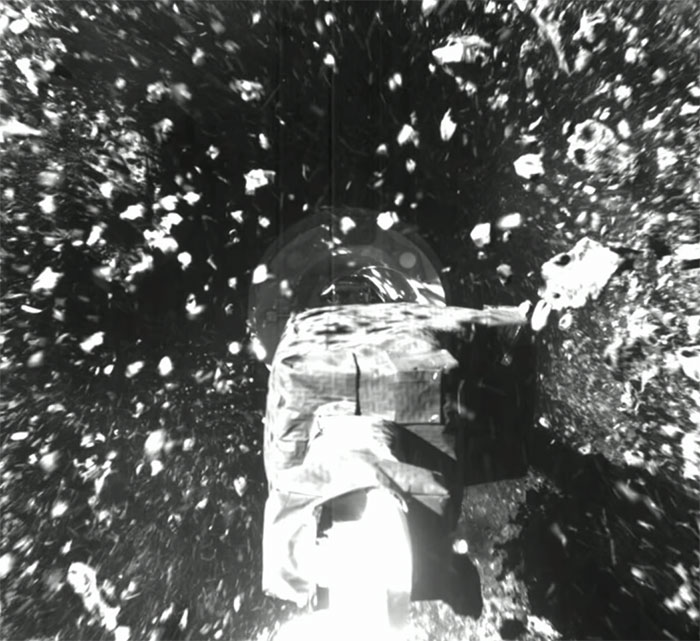
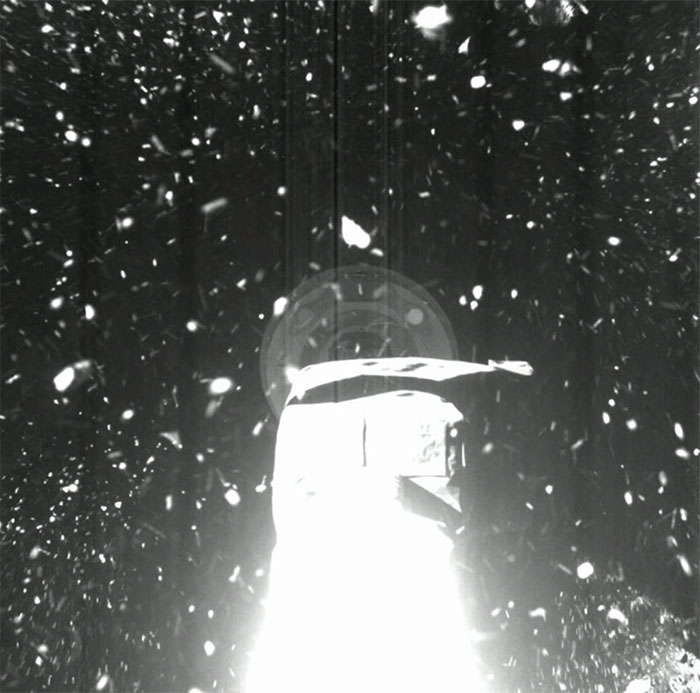
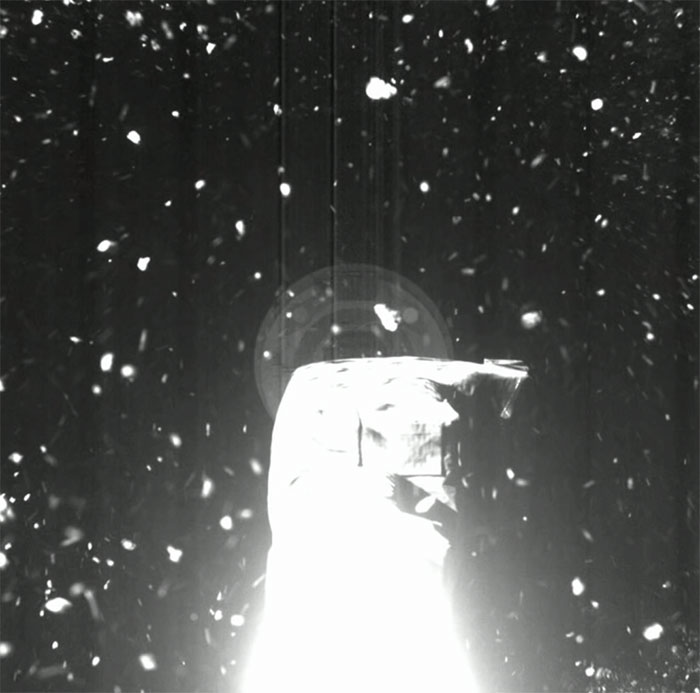
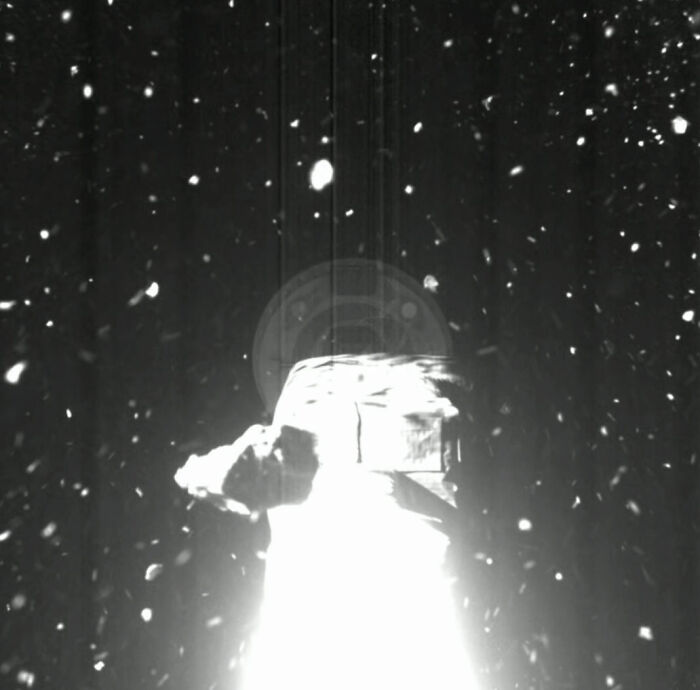
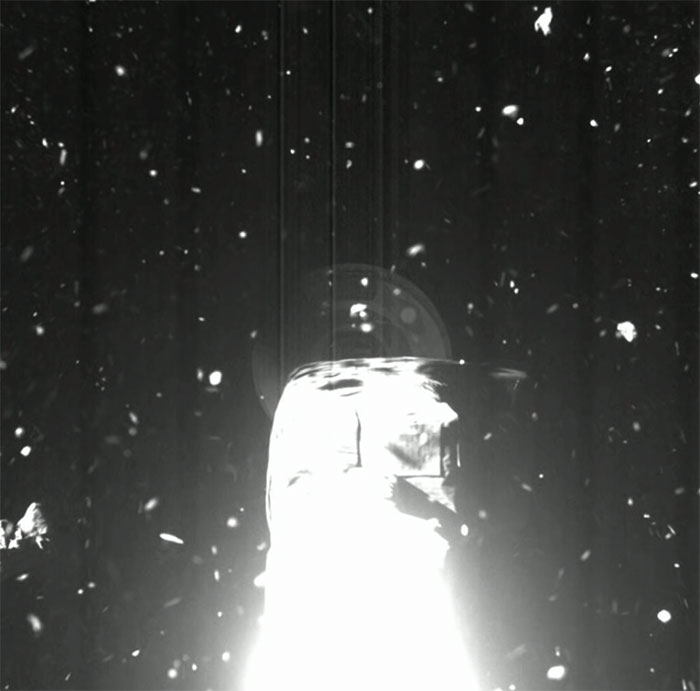
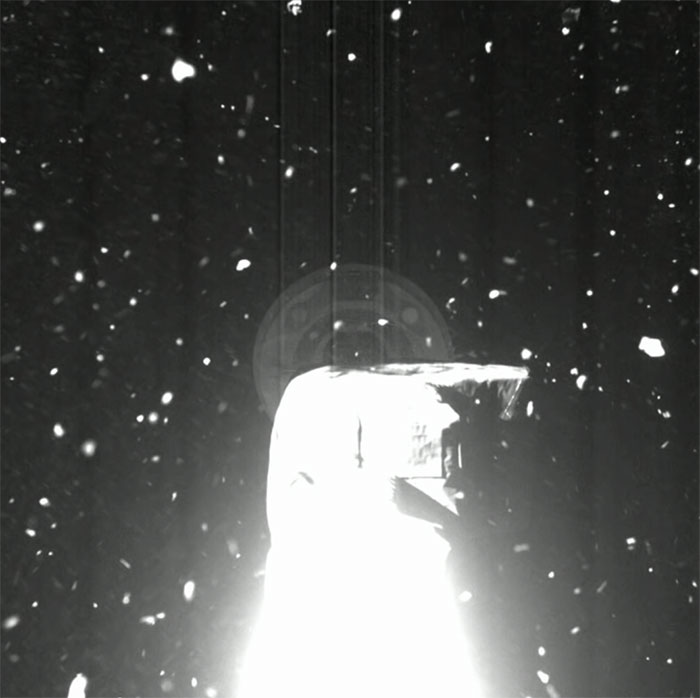
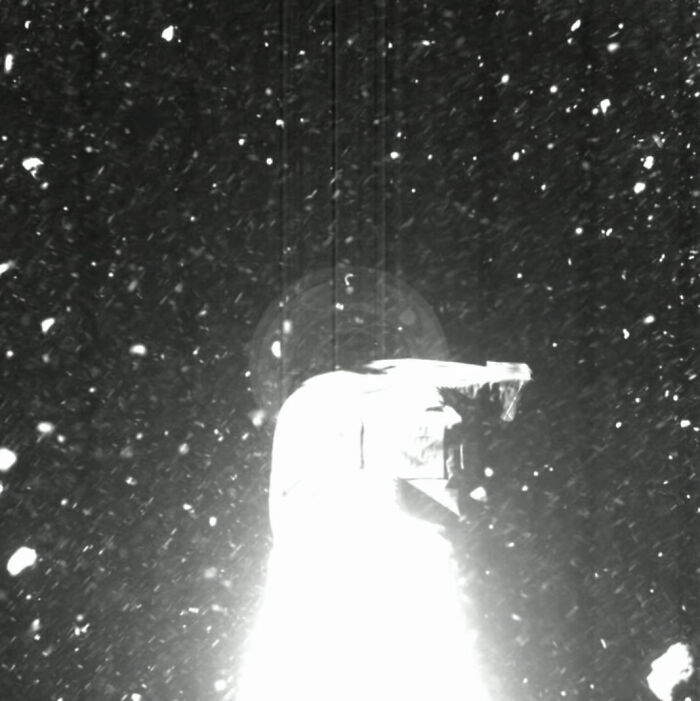
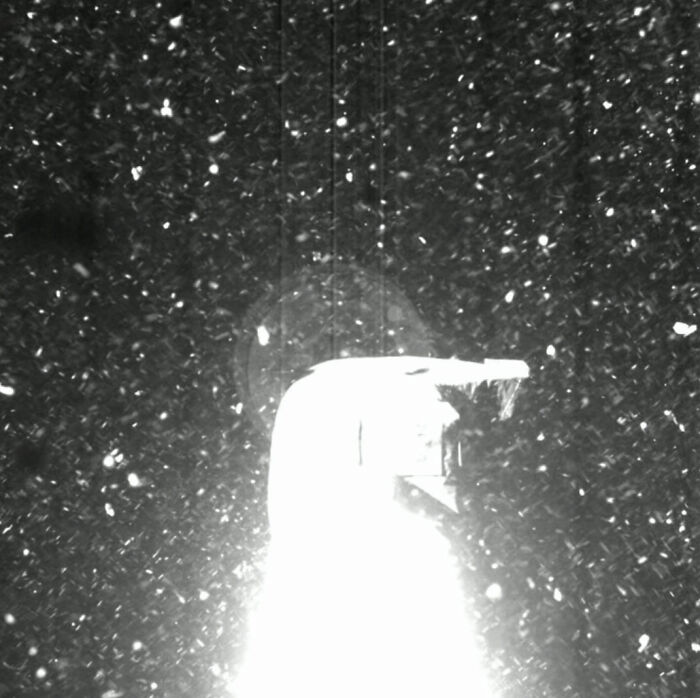
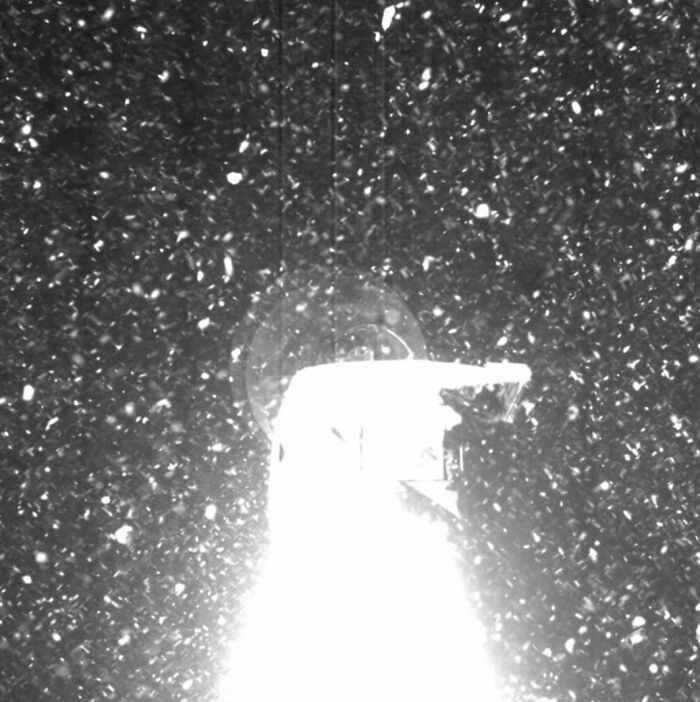
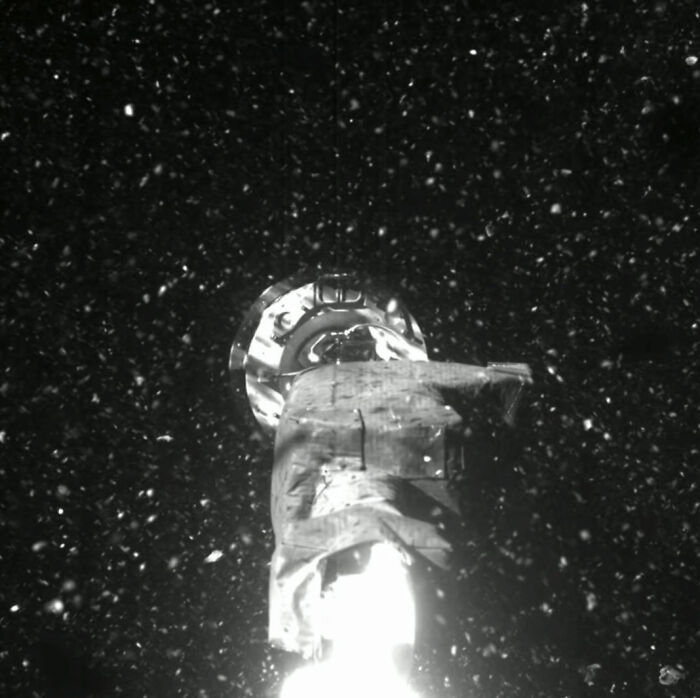
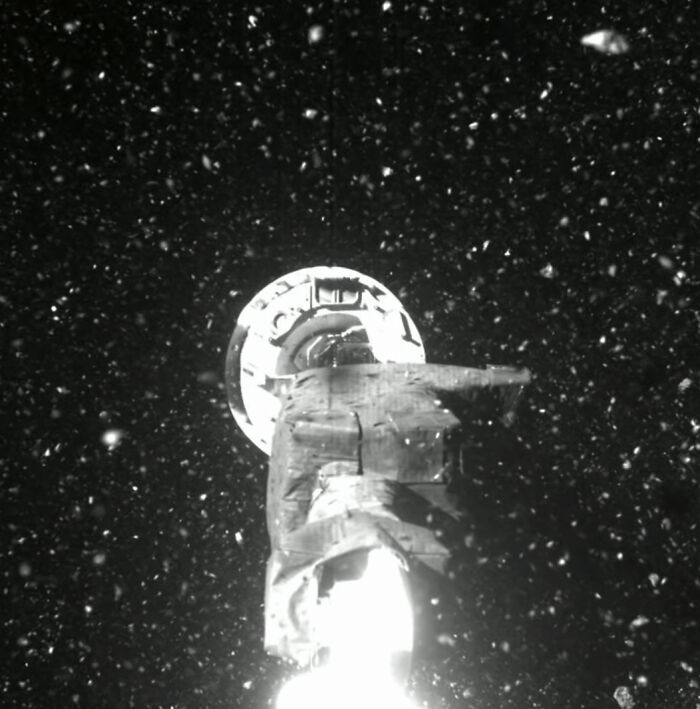
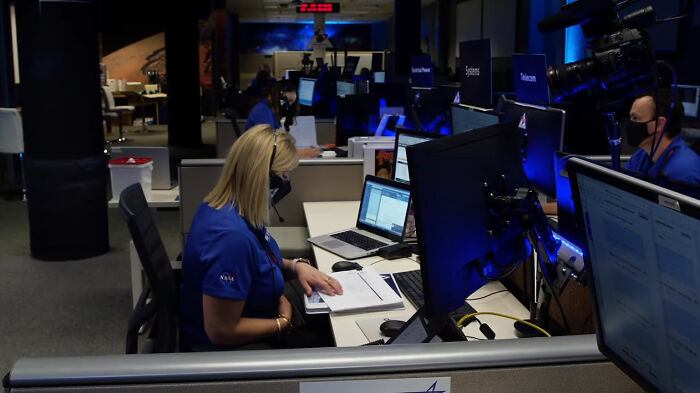
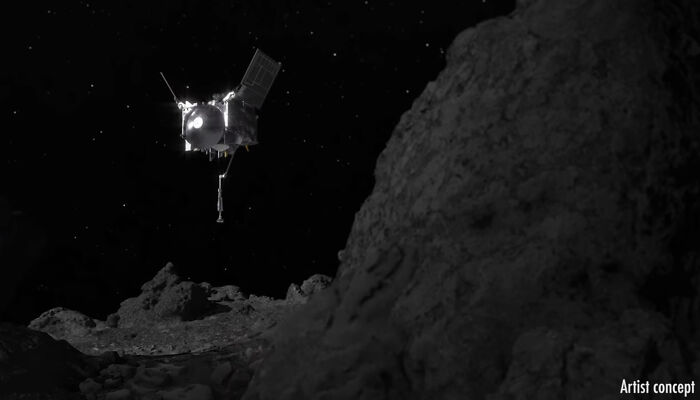
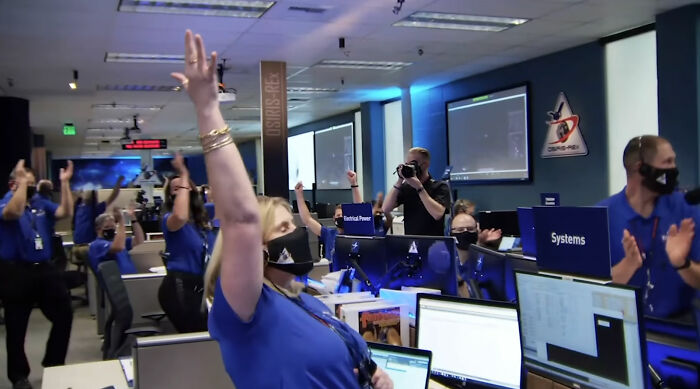










122
19